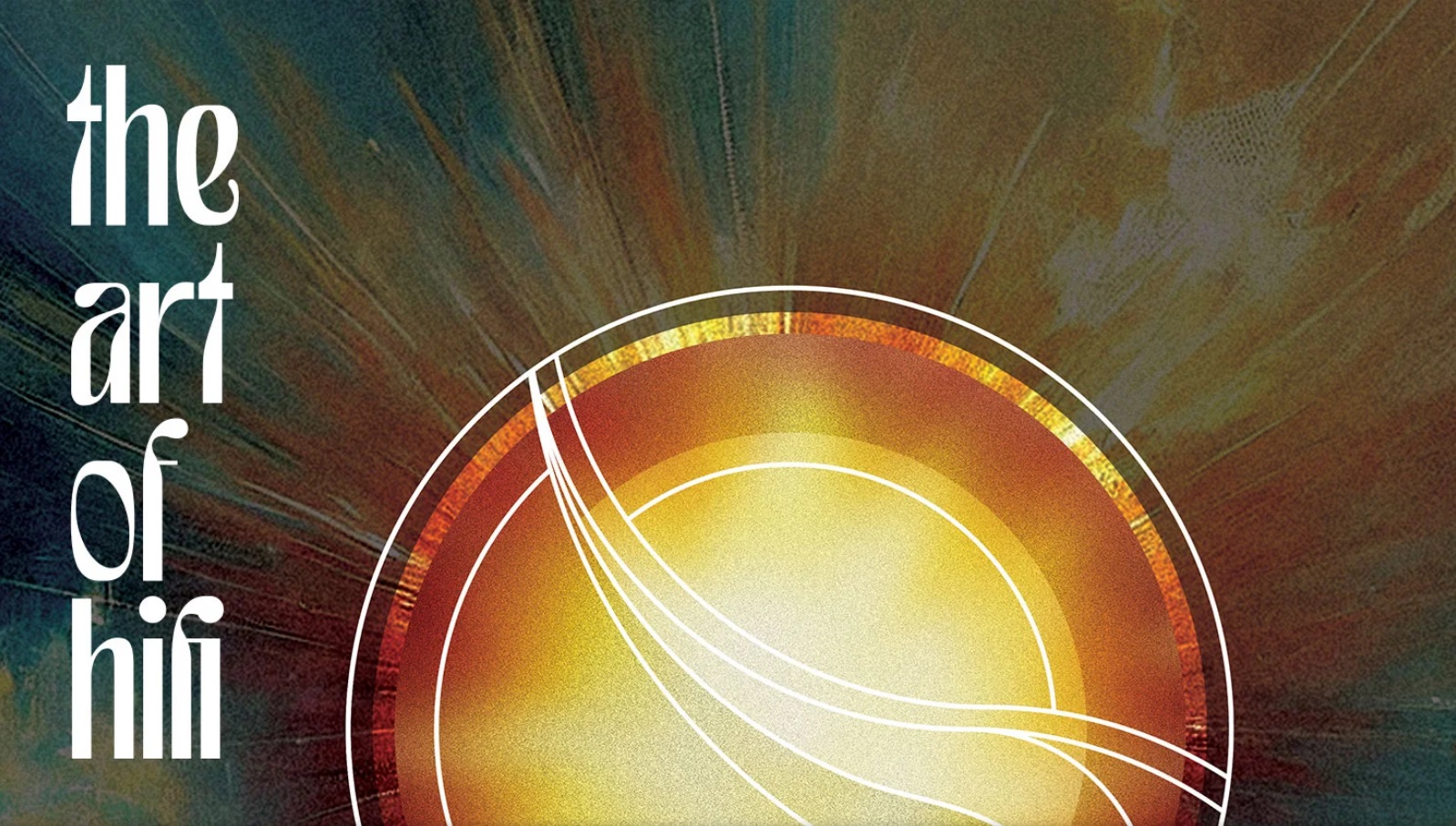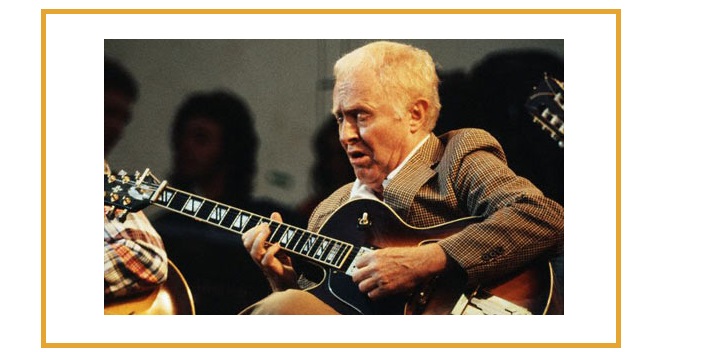The Art of Hi-Fi, Volume 6: Guitars from Octave Records Features an Extravaganza of Playing Styles and Sounds – Octave’s latest offers a wide selection of guitar styles and genres, from solo acoustic to all-out rock on overdrive – September, 2024 – What’s not to love about guitar music? Especially when it’s as well-recorded and soulfully played as the selections on The Art of Hi-Fi Volume 06: Guitars, the latest release from Octave Records. The album features a wide range of artists, styles, and instruments, from the solo acoustic 12-string guitar of Bill Kopper on “Hungry Heart” to Americana, jazz, pop, well-loved covers, and Connor Terrones tearing it up on Jimi Hendrix’s “Manic Depression.” It’s all here, captured in Octave Records’ stunning Pure DSD high-resolution recording quality. Paul McGowan, Octave Records’ CEO pointed out: “Guitars are part of the soundtrack of our lives, from sweet acoustic and warm jazz tones to the powerful electric guitar sounds that have galvanized generations of listeners. Yet it’s extremely challenging to capture these many and varied musical and sonic flavors on a recording. We are thrilled with the sound and performances of our Octave artists on The Art of Hi-Fi Volume 06: Guitars, who did a fantastic job of showcasing the almost limitless potential of the instrument.” The Art of Hi-Fi Volume 06: Guitars was recorded with Octave’s Pyramix-based Pure DSD 256 recording system, using a variety of microphones to capture the wide variety of guitars on the album: steel-string and nylon-string, 12-string guitar, electric, pedal steel, resonator, and even baritone guitar. Everything from the crystalline overtones of a steel-string guitar to the roar of a guitar amp speaker pushed beyond its limit is here to enjoy. The album was recorded, mixed and produced by Paul McGowan, with Terri McGowan and Jessica Carson assisting in the recording and production duties. It was mastered by Gus Skinas. The album begins with Julian Peterson’s soulful Americana-tinged “Am I Wrong” by Keb’ Mo’, singing and playing a resonator guitar using a slide, a deep, elemental sound. The bossa-nova-tinged “Amor Prohibido” features Bill Kopper on nylon-string, accompanied by bass and percussion. It’s a lively musical dialogue, beautifully recorded. Kopper and the trio also contribute “Sweet Lorraine,” played gypsy jazz style with a snappy, cutting guitar tone, and he goes solo with the gorgeous 12-string sound and complex fingerpicked voicings of “Hungry Heart.” The wailing sound of the pedal steel guitar is featured on Greg Schochet’s country original, “Broken Down Chair,” with Schochet’s plaintive singing and sparse acoustic guitar playing carrying a wry tune about likening his life to the well-worn piece of furniture. Khabu Young contributes a dazzling instrumental version of the Beatles’ “Come Together” on solo baritone guitar, and the amount of sound he gets out of just the one instrument is remarkable. The Seth Lewis Trio offers intimate versions of the Bacharach/David classics, “The Look of Love” and “Close to You,” featuring the warm, rich tones of Lewis’ acoustic and electric basses, along with piano, organ, and drums. Wyn Walke digs into the 1930s American classic “Deep Elem Blues,” made popular by the Grateful Dead in the 1960s, performed here in a stately version with vocals, lap steel guitar, bass, percussion, and piano. The Art of Hi-Fi Volume 06: Guitars closes with a dramatic musical shift: Connor Terrones’ incendiary instrumental version of “Manic Depression,” with multiple guitars, bass, and drums blasting away to bring the album to a roaring no-holds-barred conclusion. Turn it up! The Art of Hi-Fi Volume 06: Guitars features Octave’s premium gold disc formulation, and the disc is playable on any SACD, CD, DVD, or Blu-ray player. It also has a high-resolution DSD layer that is accessible by using any SACD player or a PS Audio SACD transport. In addition, the master DSD and PCM files are available for purchase and download, including DSD 512, DSD 256, DSD 128, DSD 64, and DSDDirect Mastered 352.8 kHz/24-bit, 176.2 kHz/24-bit, 88.2 kHz/24-bit, and 44.1 kHz/24-bit PCM. (SRP: $29usd / $39 cad.) |
Tag Archives: guitar
Using Voice Tones To Teach Improvisation For Beginner Jazz Guitar
This article discusses an approach to teaching linear improvisation to beginning jazz guitarists through the function of voice leading in harmonic progressions. The guitar student may gain a clear understanding of improvising melodies by establishing clear visual and aural relationships between the chordal and melodic textures.
Three dominant 7th chord voicings are introduced and applied to a twelve bar blues progression in F major. After learning the rhythm guitar accompaniment, single note guide tones consisting of the flat 7th and 3rd chord tones of each dominant seventh chord are extracted from the chord voicings and applied in a melodic texture following chromatic voice leading principles within the harmonic progression.
Musicality within the exercises is increased by the addition of a series of rhythmic variations that are applied to the guide-tone lines. Continuing with the concept, full dominant seventh arpeggios are introduced in order to expand the available note choices as a way to build a solid foundation for improvising within harmonic progressions prior to using diatonic scales. By Daniel Andersen from the Journal: Revista de la Lista Electrónica Europea de Música en la Educación Click here to read the full article. *Picture: Jazz Guitar legend Herb Ellis

